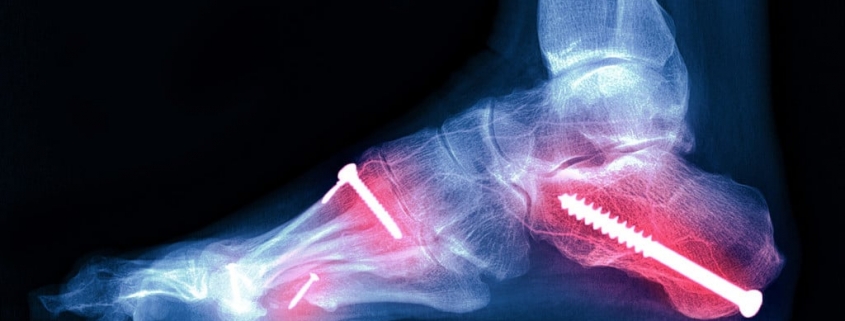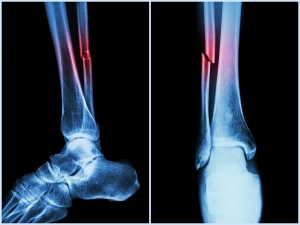Fracture Recovery
Many people do not realise how much of an affect a simple break can have on their ability to do daily tasks. They also commonly underestimate the amount of time it will take to return to full health. An injury that has to be immobilised, such as a broken bone, is likely to experience secondary problems, such as muscle wasting and soft tissue stiffness. This is normal after this type of injury and can be improved with some simple techniques but left untreated can cause long term problems. This type of injury does not necessarily just return straight back to normal after a splint, support or cast is removed. Quite often we find people need a little extra support from a Physiotherapist to regain full range of movement and strength in order to return to their favourite sports and hobbies. Some simple guidance and a personal exercise program can work wonders in getting you started on your road to recovery. In the meantime, here are some general tips of how to look after yourself after a fracture…
Keep mobile – movement is essential for the human body to keep healthy and feel well. It is also an important part of healing. Too much rest can add to the stiffness and weaken muscles further.
Don’t overdo it – it can take months to recover from a fracture, be patient and pace yourself. Try to avoid the cycle of doing nothing until you feel better, then overdoing it until you exhaust yourself. This can prolong the problem significantly.
Pain is normal – Your body has experienced a trauma and pain is its way of letting you know you should be looking after yourself. Pain does not occur in proportion to the injury and can last for a while after the important healing has taken place. Just because you are experiencing a lot of pain does not mean you are causing damage. Equally, if you have experienced very little pain it does not mean you are fully healed, you should still take it steady.
The Traffic Light System – see our hand out on how to monitor your body’s response to new activities. It can help you to learn to gauge your activity level and monitor our progress following injury.
Don’t be afraid of painkillers – no one really likes to have to take medication, but they are around for a reason and sometimes they are a necessary part of getting back on track. If painkillers can help you to move better and get on with daily tasks, then they will help to minimise knock on affects from moving badly.
Try to move and walk normally – whether its restriction, stiffness, pain, or fear, it is very easy to continue with bad movement habits long after they are necessary. Check how you move in the mirror or get a friend to help point out some of your new bad habits.
Returning symmetry is key – ideally we want the injured side to move as far and as freely as the uninjured side. Compare regularly to monitor your progress.
Work on strength early – even if your range of movement is limited static strengthening is possible and has been proven to help reduce pain and increase muscle activity.
Get yourself booked in sooner rather than later




